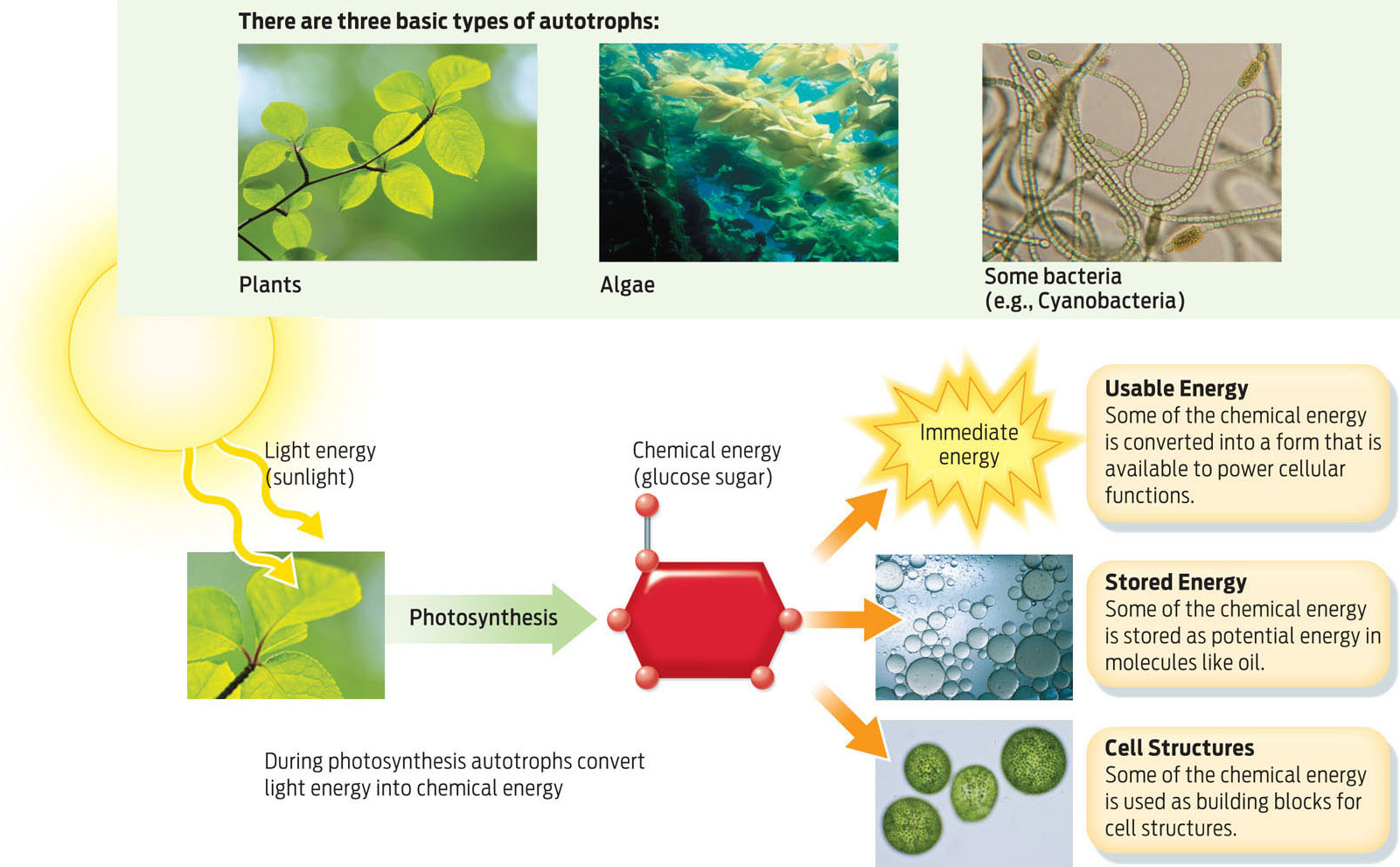SOLAR-POWERED CELLS
Tom Allnutt calls himself an “algae guy.” While a student at Virginia Tech in the 1970s, he decided on a whim to take a class in phycology— the study of algae—and immediately he was hooked. Algae fascinate him in part because they can survive pretty much anywhere, from the scalding thermal vents in Yellowstone National Park to the dry bitter cold of Antarctica, where Allnutt later spent 3 years as a scientist diving in freezing lakes and probing rock fissures for signs of the tiny organisms.
Now Allnutt has turned his attention to algae biofuels. He is the Senior Vice President of Research & Development at Phycal, a biotechnology company based in Ohio. In 2010, Phycal received $50 million in federal funding to build a 40-acre pilot facility to grow algae in shallow ponds, extract their oils, and test the oil for its viability as a commercial fuel. The plant is being built in Hawaii, where there is almost constant daytime sunlight—and therefore plenty of energy for the algae to convert into fuel. “We’re taking the easy stuff first,” he says, referring to the company’s decision to locate its pilot plant in a sunny spot. It’s a common choice: many algae-growing companies have positioned themselves in sunny locations like California.
PHOTOSYNTHESIS The process by which plants and other autotrophs use the energy of sunlight to make energy-rich molecules using carbon dioxide and water.
102
AUTOTROPHS Organisms such as plants, algae, and certain bacteria that capture the energy of sunlight by photosynthesis.
Why is steady sun so important? For almost all living things on Earth, the ultimate source of energy is the sun. The sun functions like a giant thermonuclear reactor, converting matter into the radiant energy of sunlight. Sunlight is the original source of energy carried in both our fuels and our foods. When you fill your tank, or take a bite of a burger, you are using energy that came originally from the sun.
Humans and other animals can’t use the power of sunlight directly, since they have no means to capture it and convert it into a usable form. However, they use it indirectly by eating the products of other organisms that are able to capture and convert the energy of sunlight. Through the process of photosynthesis, organisms like plants and algae capture the energy of sunlight and convert it into the chemical energy of energy-rich molecules—otherwise known as food.
Photosynthesis is critical to life on Earth because it is the primary mechanism that makes energy available, in the form of food, to almost all living organisms. Photosynthesis is the specialty of autotrophs—organisms such as plants, algae, and certain bacteria that can use the energy of sunlight to build organic molecules. Their name means, literally, “self-feeders”—and as you might expect, autotrophs make their own food (INFOGRAPHIC 5.6) .
Most autotrophs are organisms that carry out photosynthesis, a process that converts light energy into chemical energy.

103
Autotrophs include not just crop plants like wheat, corn, and soybeans, but also all flowering plants, trees, and bushes. Oceans and lakes have an abundance of autotrophs, too, including much of the planet’s algae and photosynthetic bacteria.